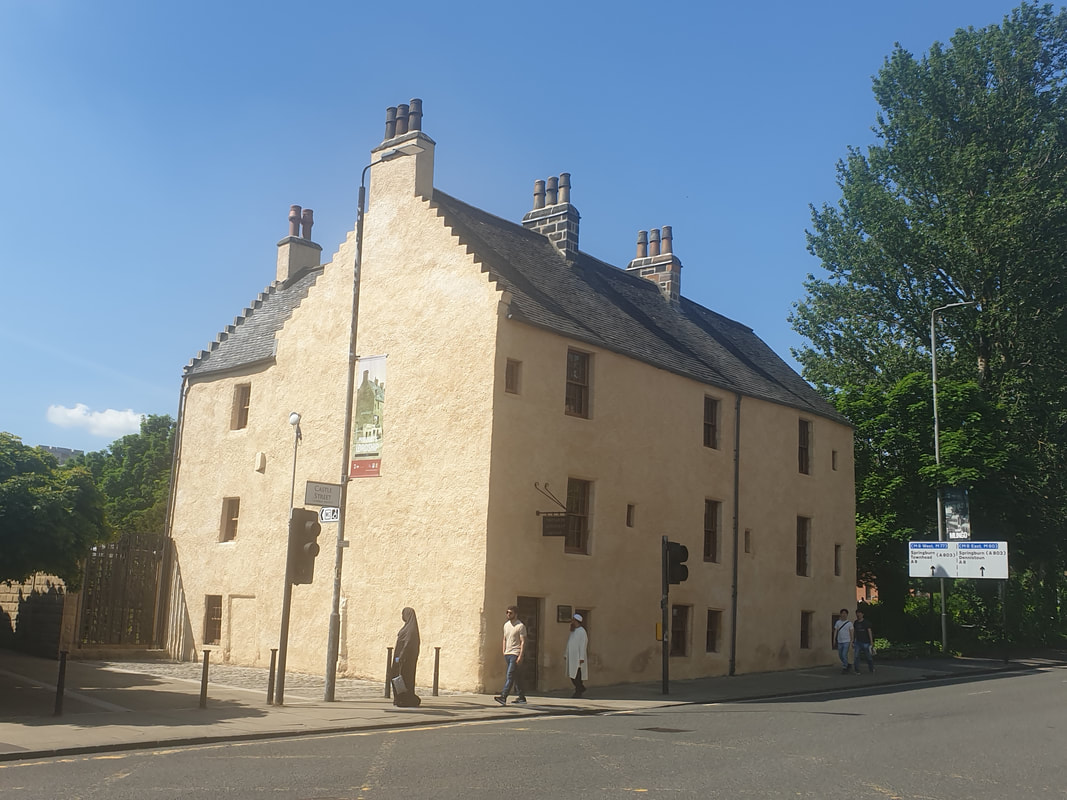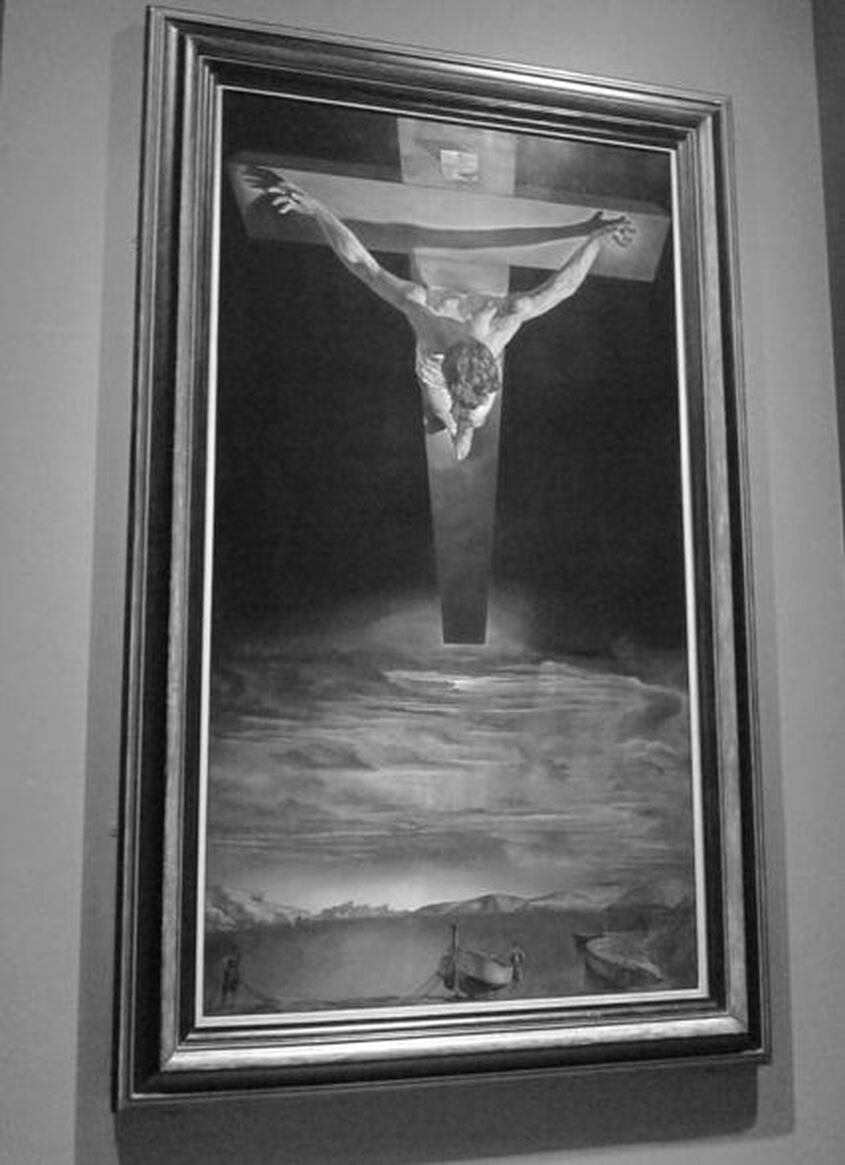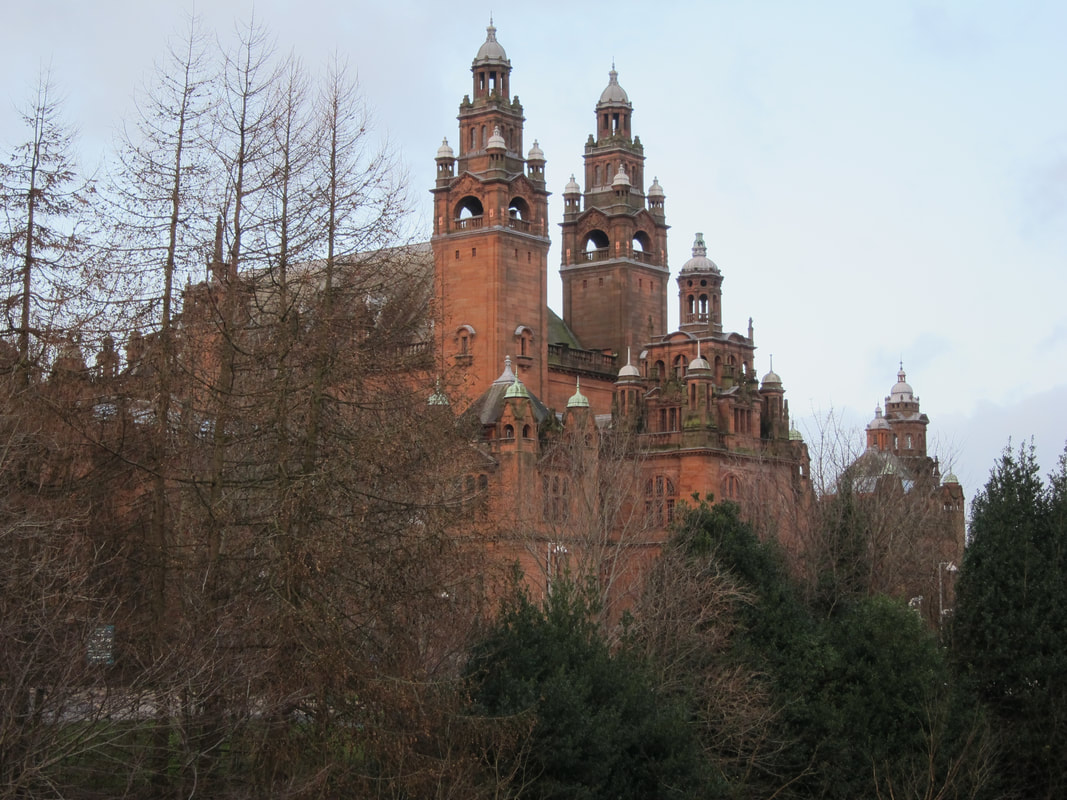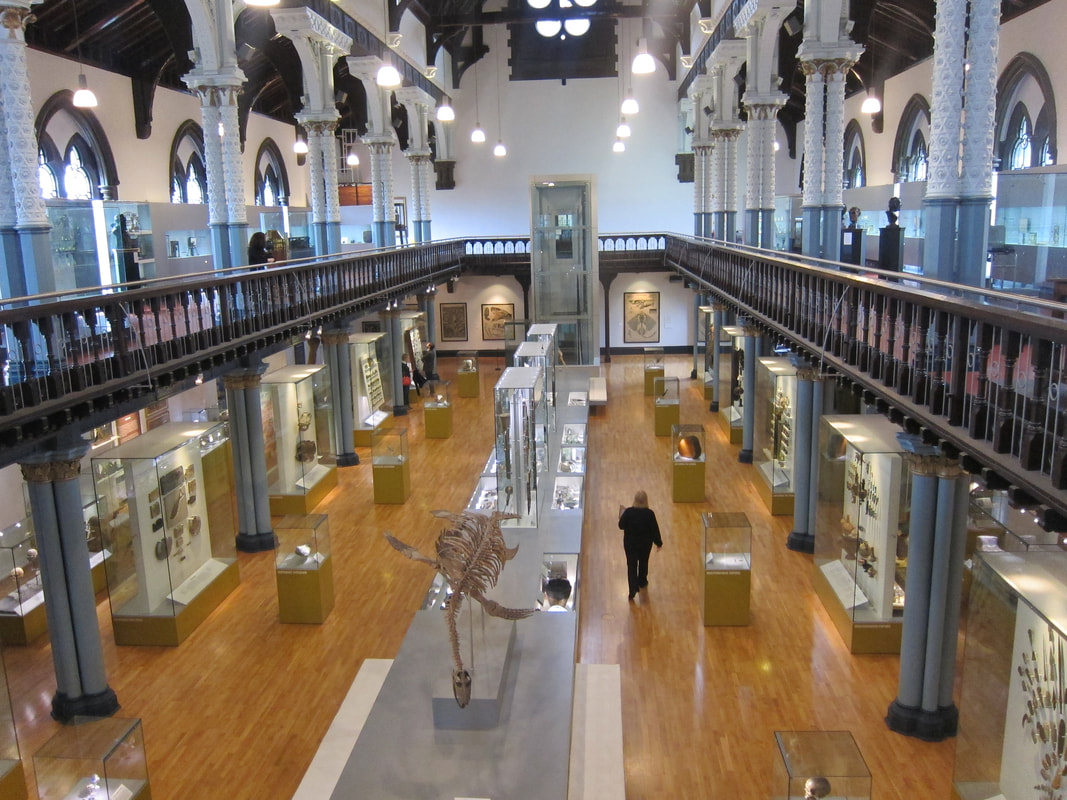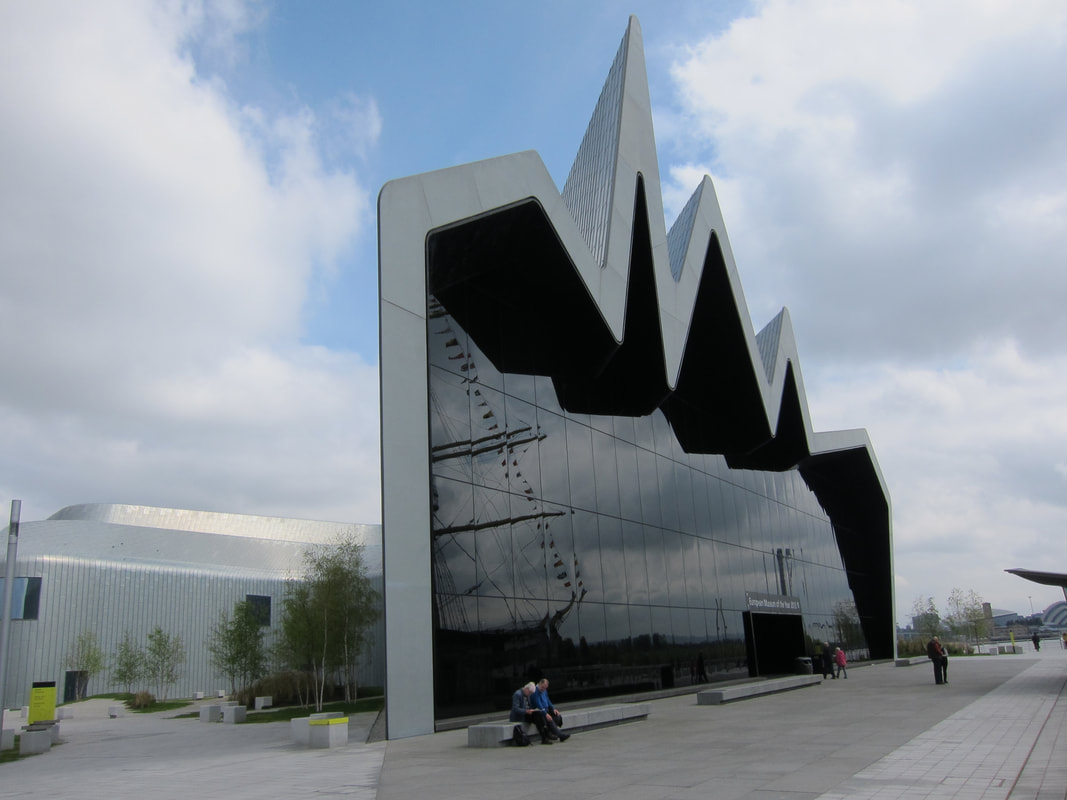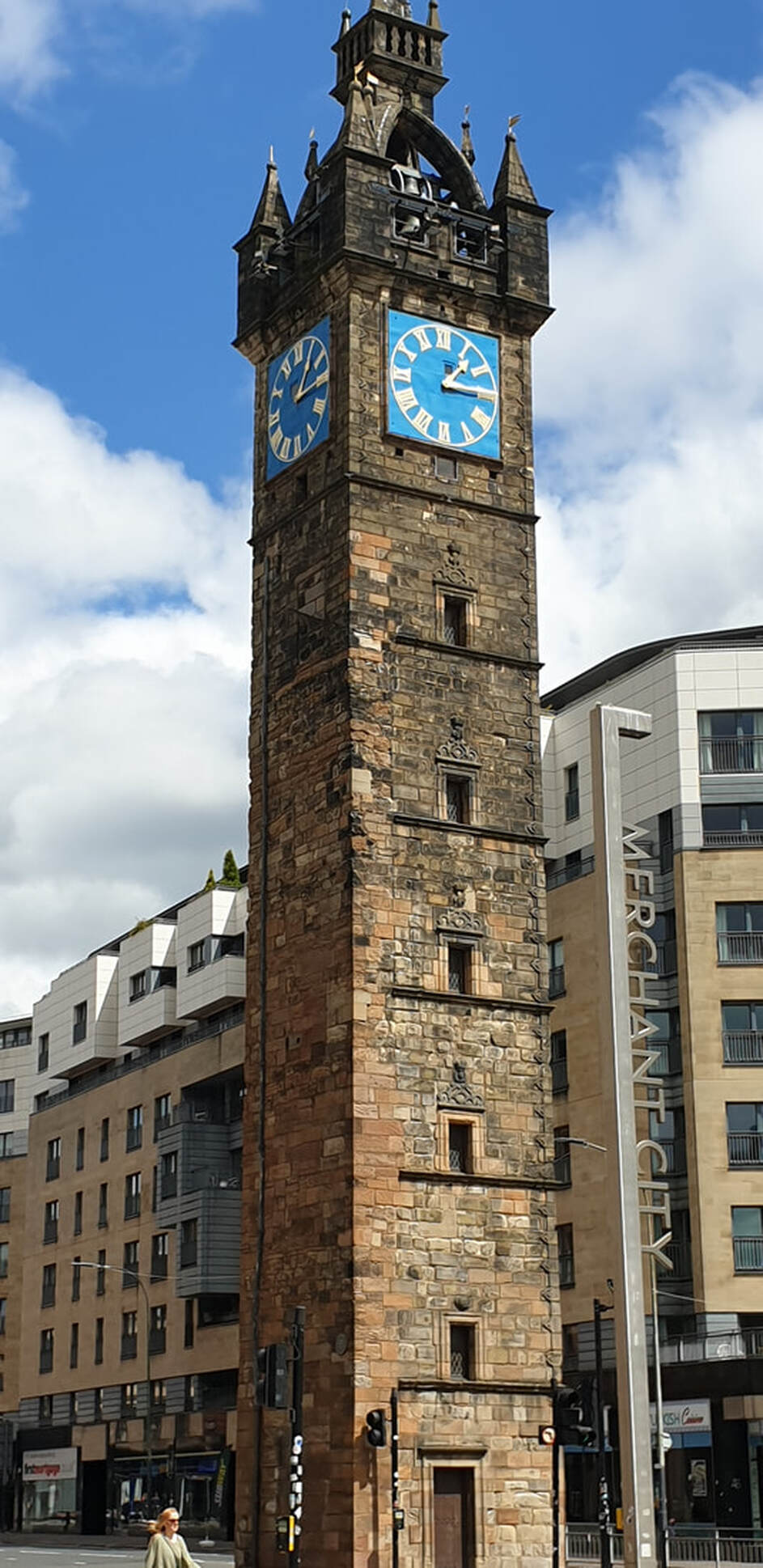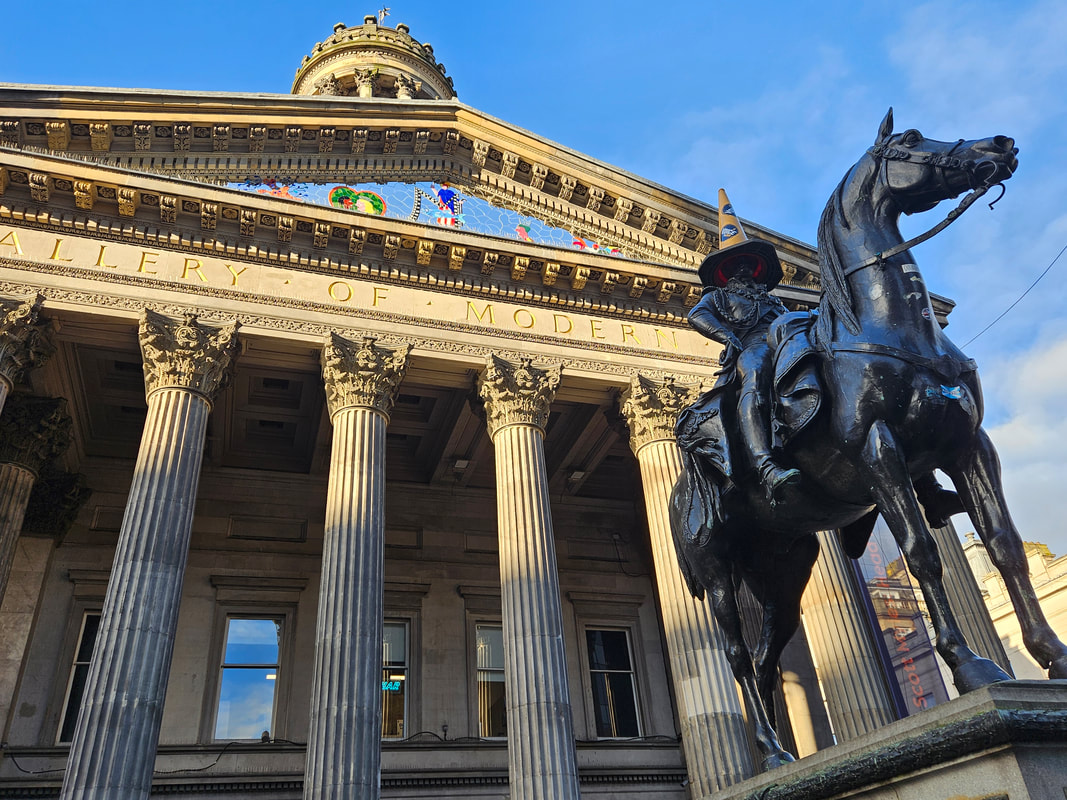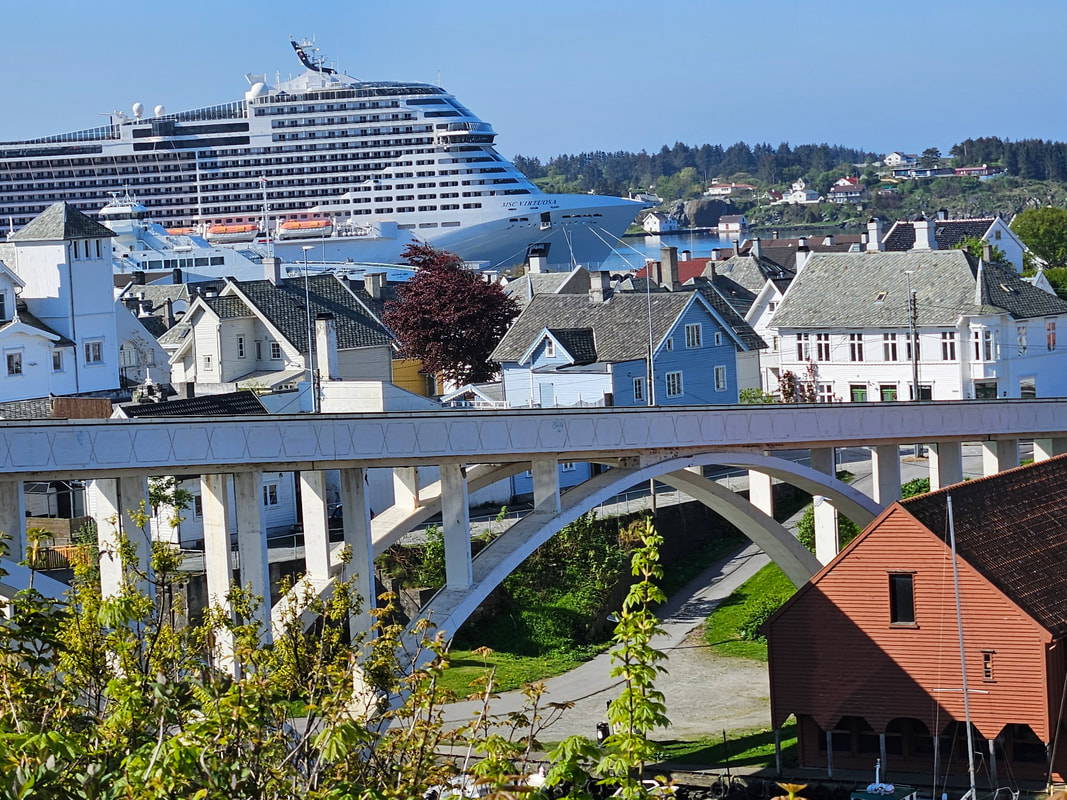Museums of Glasgow Index
A city with so much history.This section of the website is all about the museums of my home city.So many.All with their own identity.
So much to see and there all free for you to visit.
Click on the pic and go to museum of your choice.
This an index--All blogs/images are the specific webpage.
A city with so much history.This section of the website is all about the museums of my home city.So many.All with their own identity.
So much to see and there all free for you to visit.
Click on the pic and go to museum of your choice.
This an index--All blogs/images are the specific webpage.
My city has some amazing museums.Art from around the world.History,nature and transport.Museums to die for.
Glasgow has it all.Twenty in total all for you to visit. Van Gogh, Degas, Monet,Dali and Rembrandt are here for you to see and admire. All that for free.It cost nothing to enter any museum in the city. The most visited museums in the United Kingdom outside of London.
Click on the pic to go to the Museum of your choice.
Glasgow has it all.Twenty in total all for you to visit. Van Gogh, Degas, Monet,Dali and Rembrandt are here for you to see and admire. All that for free.It cost nothing to enter any museum in the city. The most visited museums in the United Kingdom outside of London.
Click on the pic to go to the Museum of your choice.
<<<<<<<Glasgow
When looking up at the wonderful architecture and wondering how old it is. If people say it`s Georgian. Then it was built between 1714 and 1837.
